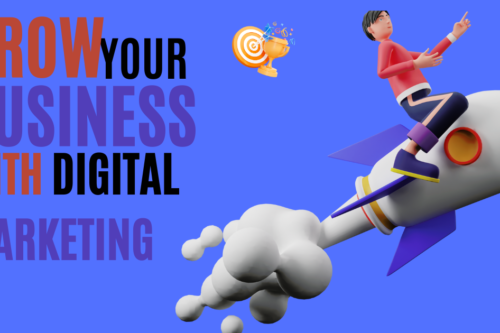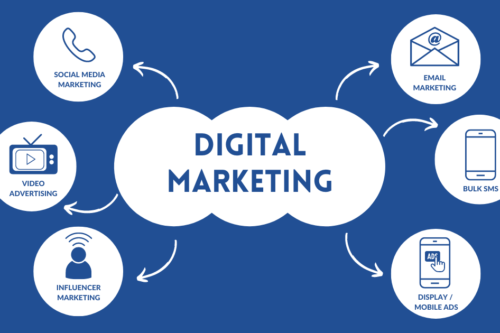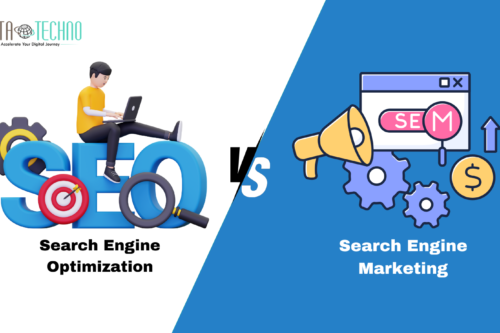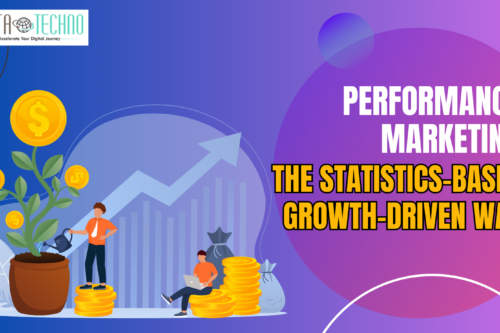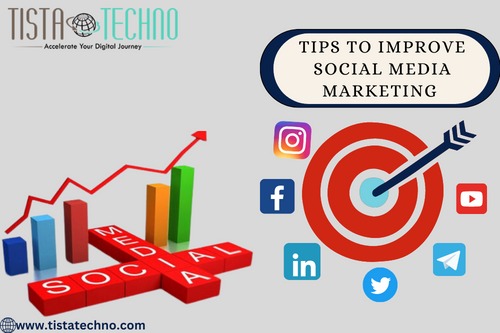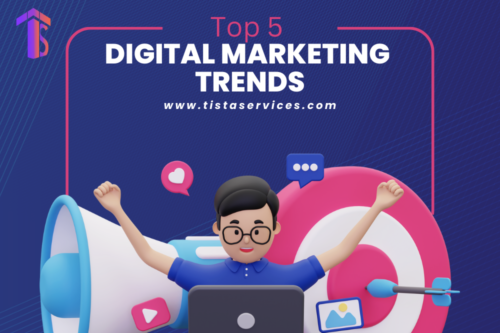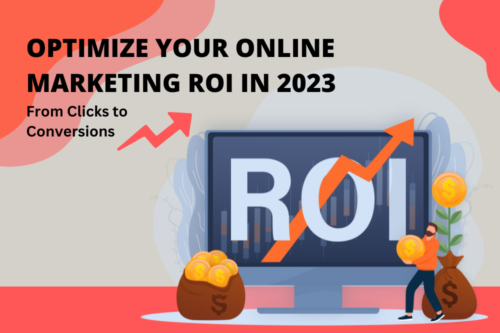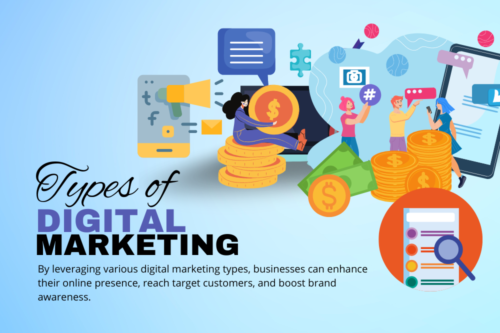In today’s competitive digital landscape, maximizing your return on investment (ROI) is critical to the success of your business. An effective strategy to achieve this is through Scientific Search Engine Marketing (SEM) along with Search Engine Optimization (SEO). By leveraging data-driven insights and employing scientific methods, you can optimize your SEM efforts and drive significant growth for your business. In this comprehensive guide, we’ll explore the key tactics and techniques for increasing your ROI through scientific SEM.
Understanding Scientific SEM :
Scientific SEM is an approach that involves analyzing data, conducting experiments, and using evidence-based strategies to enhance the performance of your search engine marketing campaigns. It focuses on utilizing actionable insights and statistical models to make informed decisions, rather than relying solely on intuition or assumptions. By adopting a scientific mindset, you can uncover valuable opportunities and optimize your SEM efforts for maximum ROI.

Conducting Thorough Keyword Research :
Keywords form the foundation of any successful SEM campaign. To increase your ROI, it is important to conduct thorough keyword research. An important step in scientific SEM is to conduct thorough keyword research. This involves identifying and targeting the right keywords that align with your business objectives and match those of your target audience. By using various keyword research tools and techniques, such as analyzing search volume, competition, and relevance, you can uncover high-performing keywords that have the potential to drive quality traffic to your website.
Additionally, searching for long-tail keywords and negative keywords can further refine your targeting and improve ad relevance. Thorough keyword research ensures that your SEM campaigns are optimized for maximum visibility, relevance and ultimately high ROI.:
Crafting Compelling Ad Copy :
Crafting compelling ad copy is essential to capture the attention of your target audience and drive engagement. It involves creating concise and persuasive messages that effectively communicate your unique selling proposition and encourage users to take action. To create compelling ad copy, it’s crucial to understand your audience’s pain points, desires, and motivations. By incorporating compelling headlines, clear and concise messaging, and strong calls-to-action, you can create a sense of urgency and entice users to click on your ads. Additionally, highlighting unique features, benefits, or promotions can differentiate your offering from competitors and increase the likelihood of conversion.
Testing different variations of ad copy and monitoring performance metrics allows you to optimize your messaging and continuously improve its effectiveness. Well-crafted ad copy can significantly impact the success of your SEM campaigns by driving higher click-through rates, improving quality scores, and ultimately maximizing your ROI.3. Implementing Conversion Tracking
To measure the success of your SEM campaigns and calculate your ROI accurately, it’s essential to implement conversion tracking. Conversion tracking allows you to track specific actions taken by users, such as purchases, form submissions, or newsletter sign-ups. By monitoring conversions, you can identify the most profitable keywords, ads, or landing pages, and optimize your campaign accordingly.
A/B Testing for Continuous Improvement :
A/B testing is a valuable technique for achieving continuous improvement in your SEM campaigns. By comparing two or more variations of an element, such as ad copy, landing pages, or bidding strategies, you can gather data and insights to make informed decisions. A/B testing allows you to isolate and measure the impact of specific changes, helping you understand what resonates best with your audience and drives better results. Through controlled experiments, you can identify winning variations and optimize your campaigns accordingly.
It’s important to establish clear objectives, define measurable metrics, and allocate sufficient time and resources for A/B testing. By embracing a culture of experimentation and ongoing optimization, you can incrementally enhance your SEM performance, boost your ROI, and stay ahead of the competition. A/B testing empowers you to make data-driven decisions and continuously refine your strategies for long-term success in scientific SEM.

Optimizing Landing Pages :
Optimizing landing pages is a critical aspect of scientific SEM as it directly impacts the conversion rate and overall ROI of your campaigns. A well-optimized landing page is designed to provide a seamless and relevant user experience, aligning with the intent of the ad and delivering on the promise made in the ad copy. To optimize landing pages, it’s crucial to focus on several key elements. Firstly, ensure a clear and compelling headline that grabs attention and communicates the value proposition. Secondly, optimize the page layout and design for easy navigation, readability, and visual appeal. Thirdly, incorporate persuasive and concise copy that highlights the benefits and addresses the user’s pain points.
Additionally, include strong and visible calls-to-action (CTAs) that guide users towards the desired conversion goal. Lastly, implement trust signals such as customer testimonials, reviews, and security badges to build credibility and reduce friction. By continuously testing and refining your landing pages based on user behavior and conversion data, you can enhance their effectiveness, increase conversion rates, and ultimately drive higher ROI from your SEM campaigns.
Monitoring and Analyzing Data :
Monitoring and analyzing data is a crucial step in scientific SEM for optimizing campaigns and maximizing ROI. By regularly monitoring key performance metrics, such as click-through rates (CTRs), conversion rates, cost per acquisition (CPA), and return on ad spend (ROAS), you gain valuable insights into the effectiveness of your campaigns. Analyzing data allows you to identify trends, patterns, and areas for improvement. By leveraging analytics tools and platforms, you can track user behavior, campaign performance, and demographic information to better understand your target audience and tailor your strategies accordingly.
Additionally, data analysis helps identify underperforming keywords, ad variations, or targeting parameters, allowing you to make data-driven adjustments and optimize your campaigns for better results. Through continuous monitoring and analysis, you can refine your SEM strategies, allocate resources effectively, and achieve a higher ROI by focusing on what works best for your business.
Conclusion
Increasing your ROI through scientific SEM requires a strategic and data-driven approach. By conducting thorough keyword research, crafting compelling ad copy, implementing conversion tracking, conducting A/B tests, optimizing landing pages, and monitoring data, you can enhance the performance of your SEM campaigns and achieve higher returns on your investment. Embrace the power of scientific SEM and propel your business towards success in the competitive digital landscape.
Remember, optimizing your ROI through scientific SEM is an ongoing process. Continuously analyze and refine your campaigns based on the insights you gather. Stay updated with the latest trends and best practices in SEM to ensure your strategies remain effective. Implement the tactics outlined in this comprehensive guide, and watch your business thrive in the digital realm.



